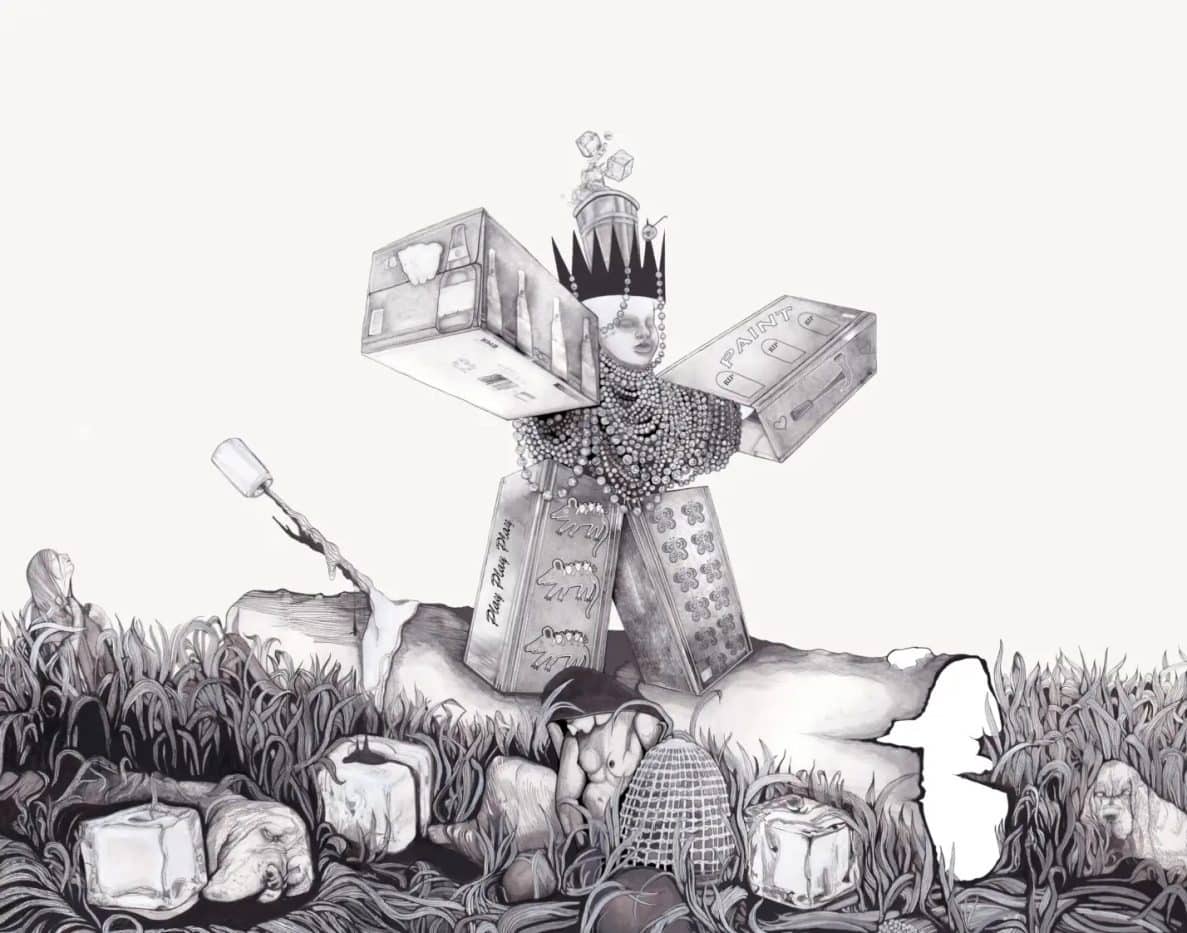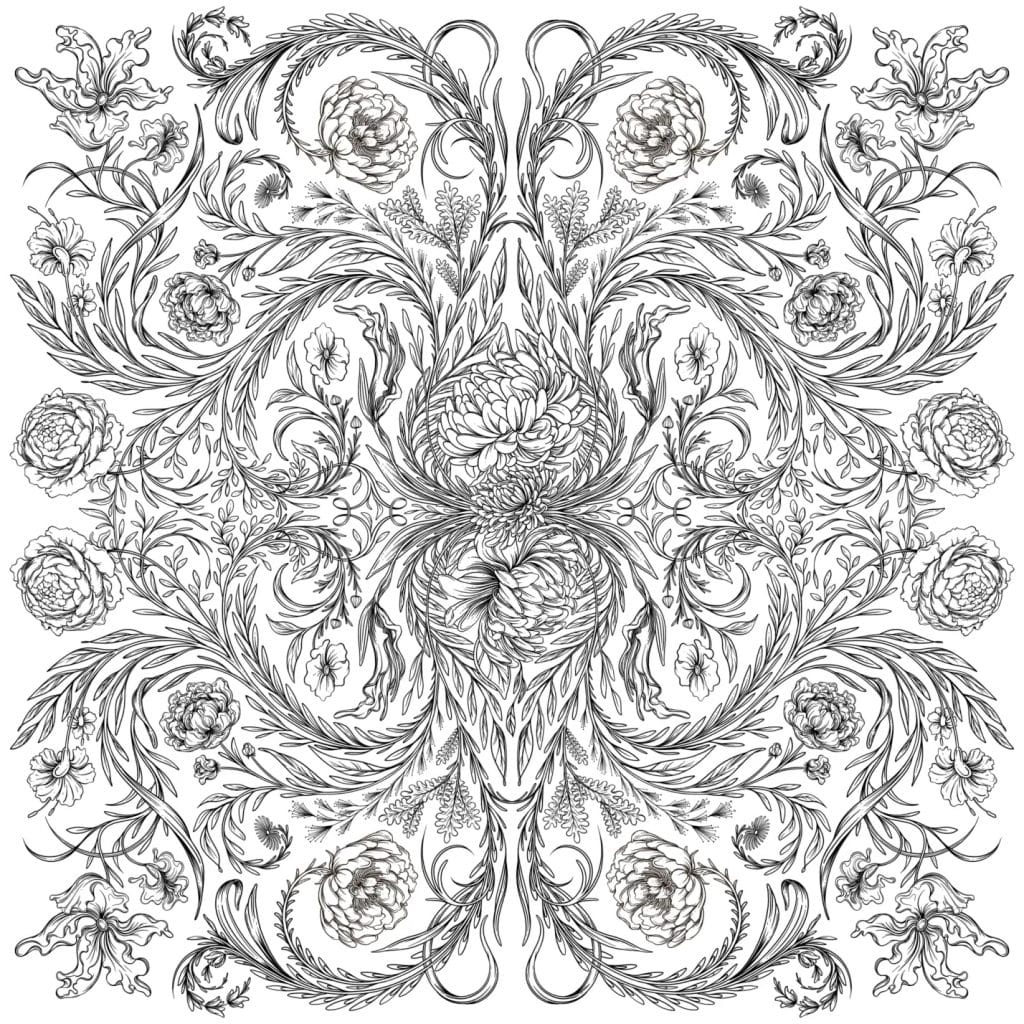
A decentralized approach to curation, “Spotlight” allows artists to share the stage with their peers. As lead curator, I reached out to eight of my favorite NFT creators — Dave Krugman, J.N. Silva, OSF, Julia Taft, Josh Pierce, Oveck, GMUNK and REO — to join me in a simple task: Each of us was to put a “spotlight” on a fellow artist we admire in an effort to share opportunity and awareness throughout various networks.
“Spotlight” focuses on the core of the NFT space: the people. Every work of art is about not just the imagery but also the human behind the token.
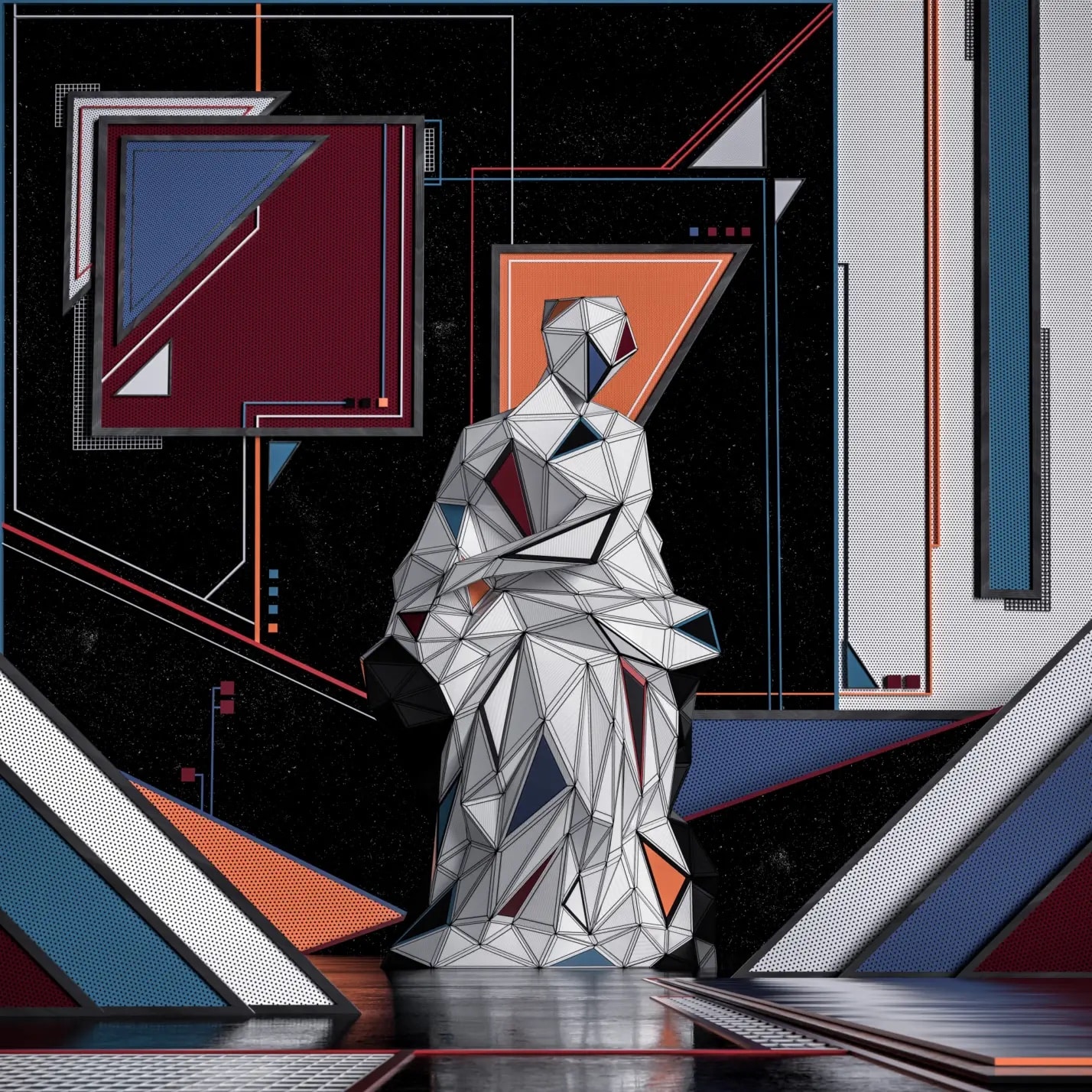
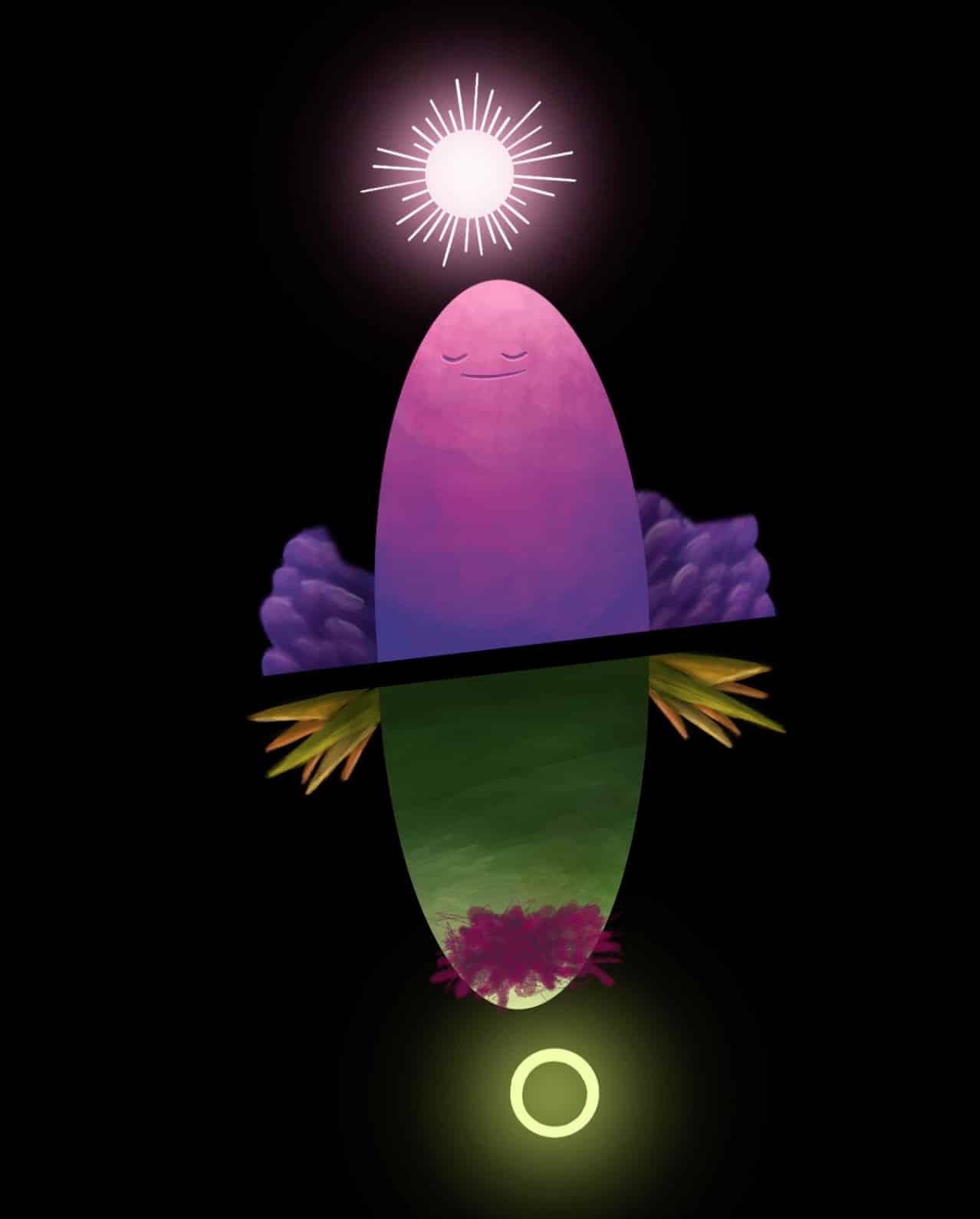
The “Spotlight” pairs are . . .
I recently sat down with The Mint’s editor, Trent Morse, to answer a few questions about the exhibition and its underlying concepts.
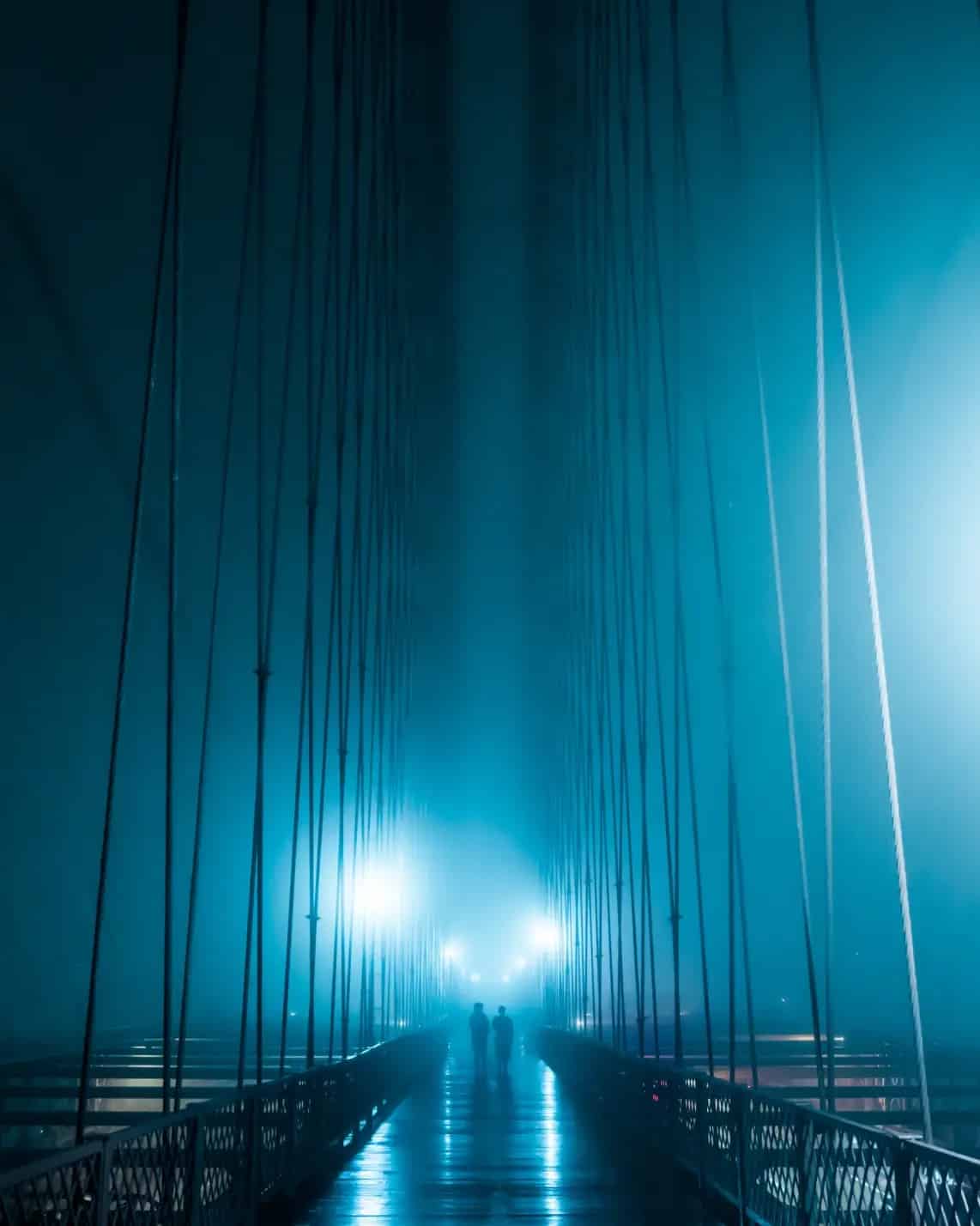
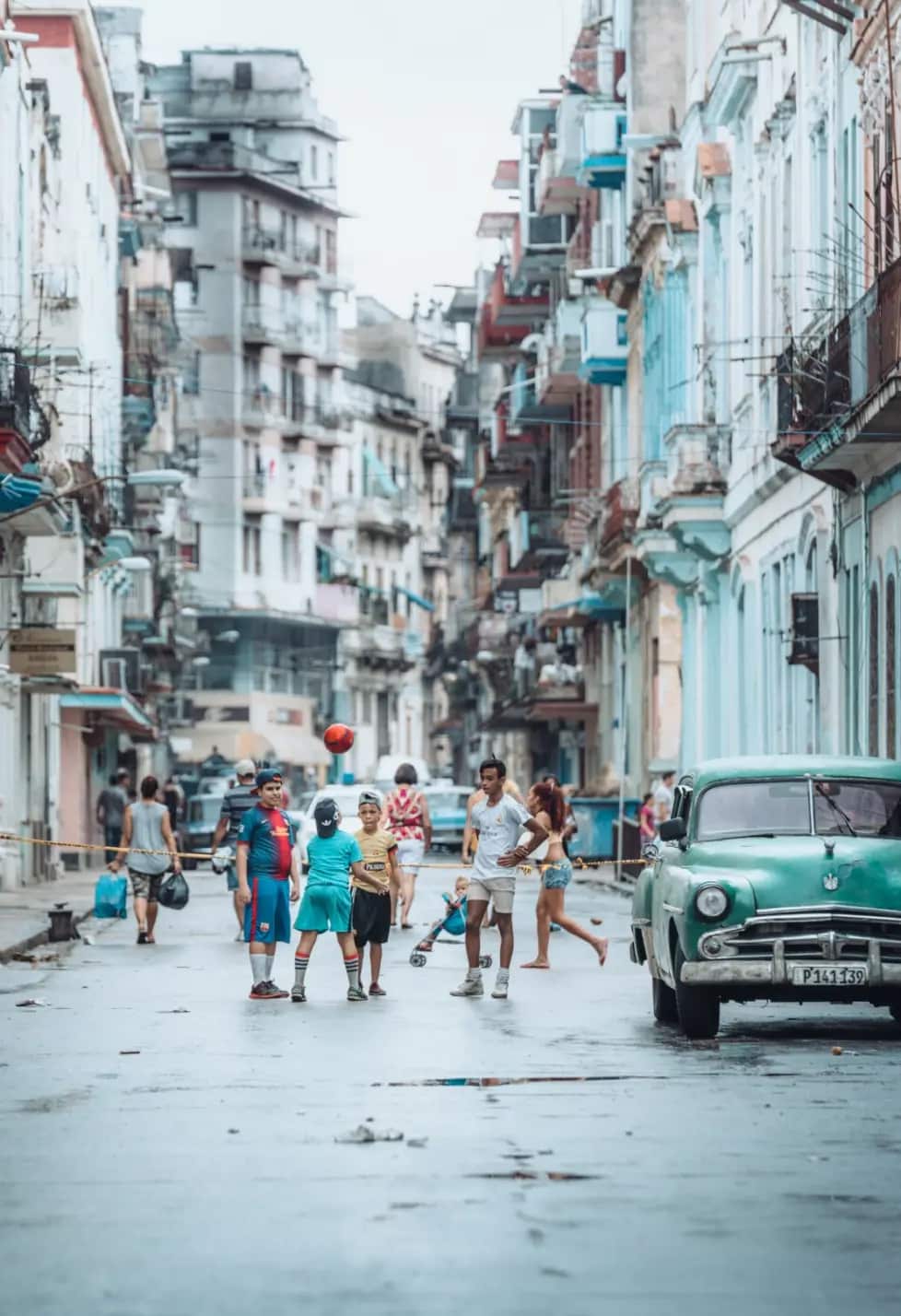
How does this show decentralize the curation process?
Decentralization is manifested in “Spotlight” in the splitting of the curatorial role among myself and eight of my peers, each of us tasked with curating one other artist we admire in the NFT space. This idea helps eliminate one central gatekeeper who decides who can be a part of the exhibition, providing a structure that directs opportunity toward rising talents and new voices.
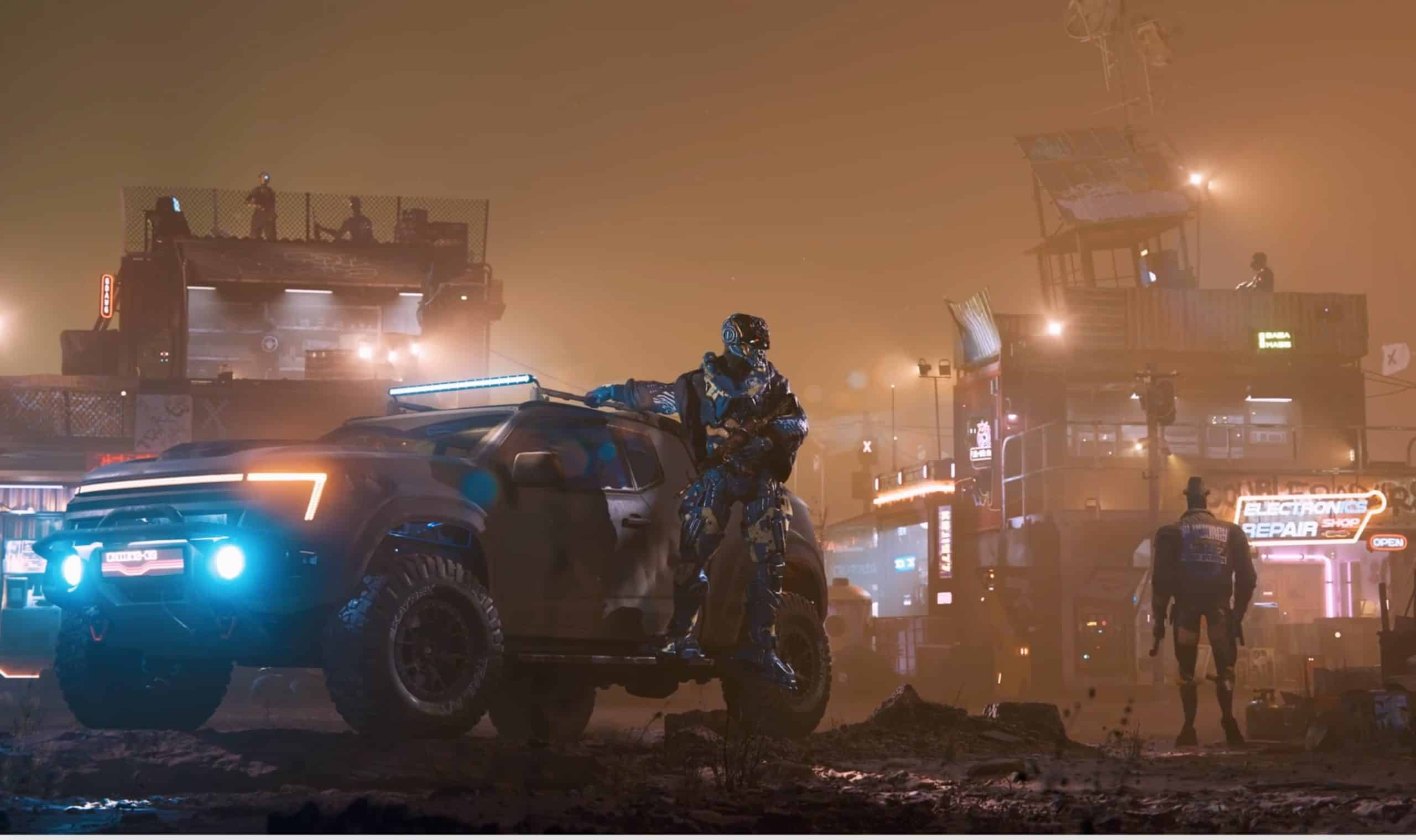
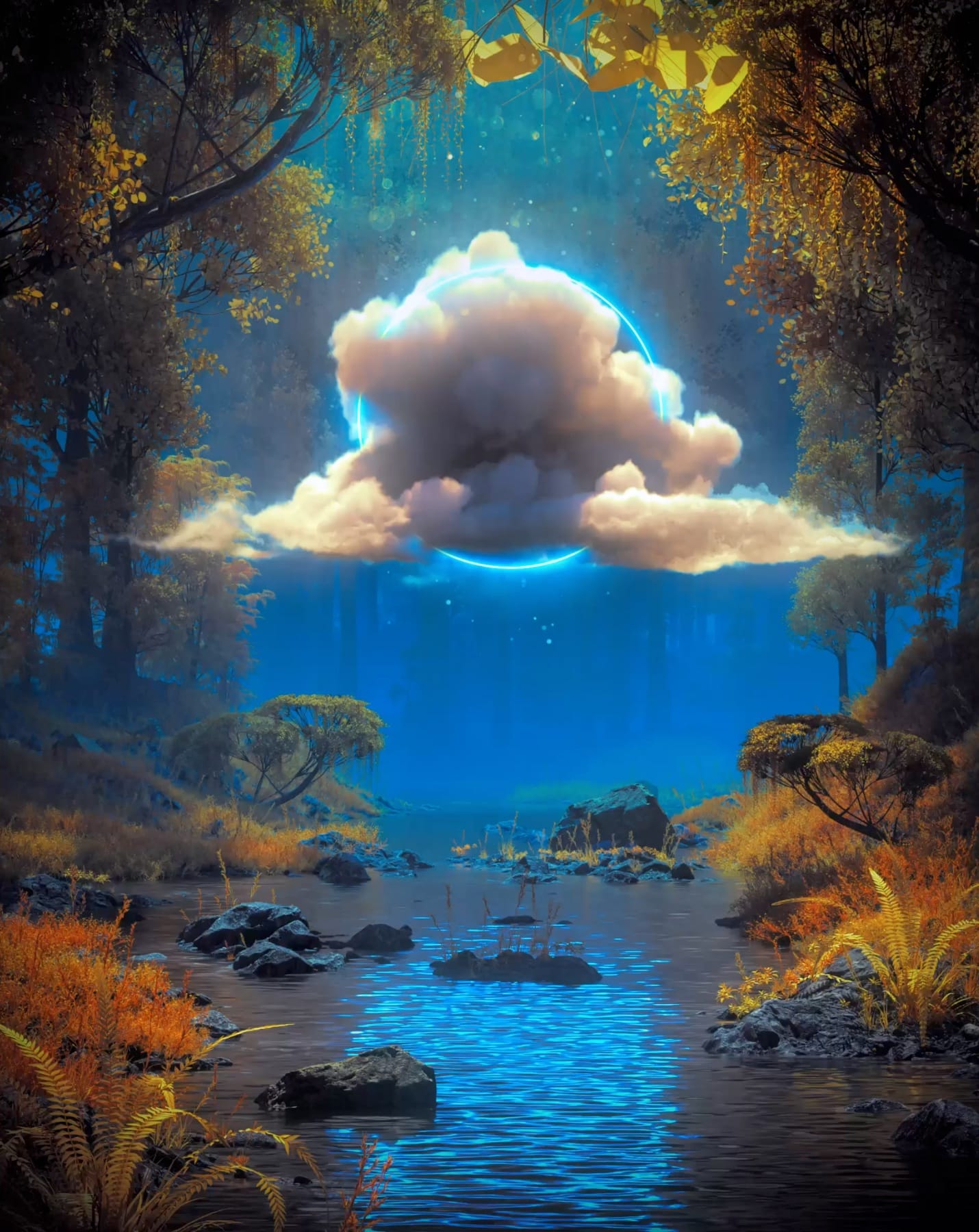
What is your personal history with art, technology and NFTs?
Art has always played a role in my life. Yet for the longest time, I don’t think I really believed I could be an artist. My grandfather was a fine-arts professor at Cal State University, Northridge. I spent many days roaming museums and galleries as a child but never quite found my medium, opting instead for skateboards and baseball bats.
After graduating college, I discovered a new passion for digital art. Unlike with the keys of the piano or the stroke of a brush, I felt very comfortable early on with my mouse, keyboard and the screen in front of me.
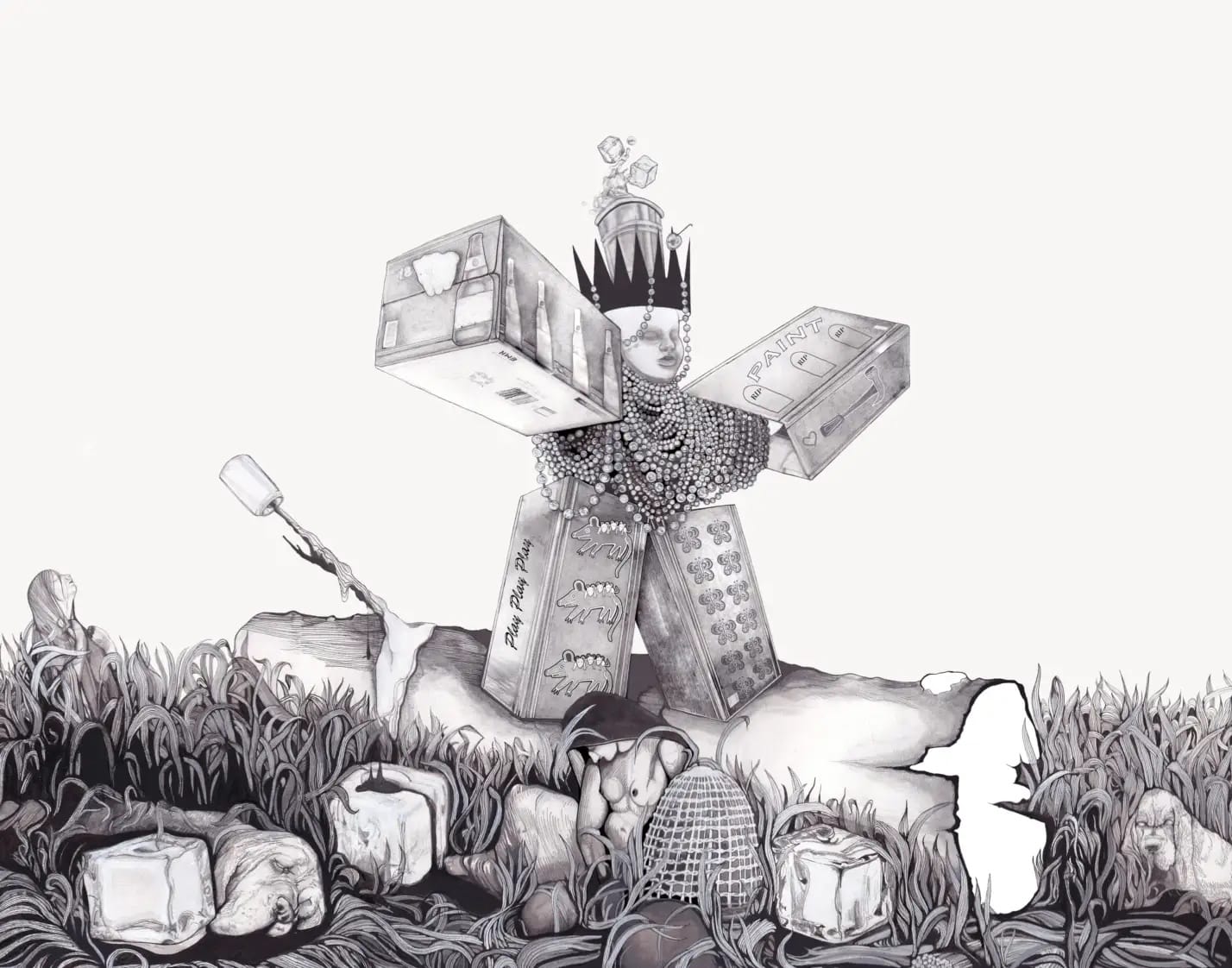
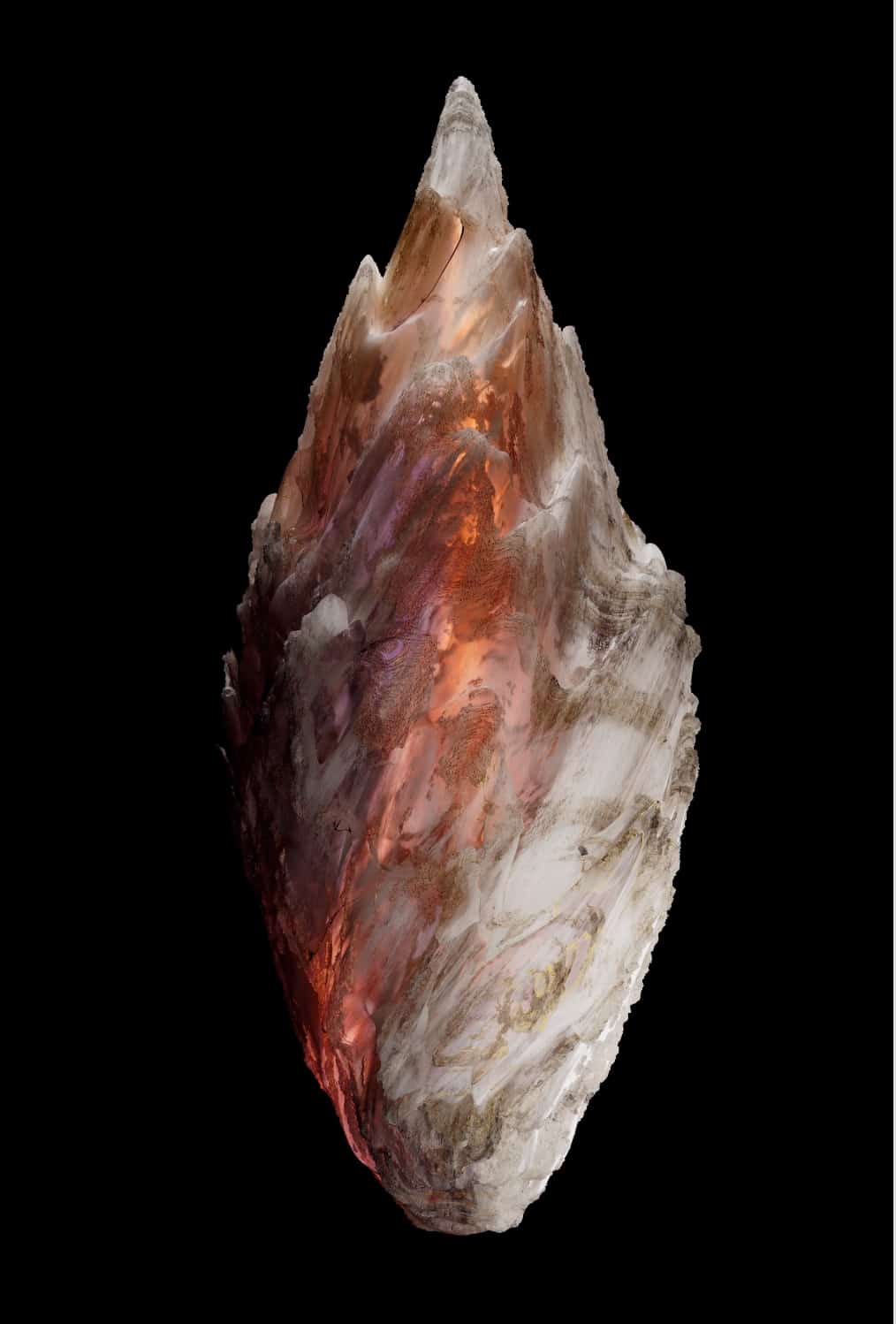
With the wealth of knowledge the Internet had to offer, I spent hour upon hour in between odd jobs learning any digital design tool I could get my hands on, eventually focusing on 3D, VFX and motion design. With a small portfolio, I began a career in the commercial arts, working my way up from PA to junior designer to lead designer and eventually art and creative direction.
In that time, I’ve had the pleasure of working on Superbowl ad campaigns as well as large event productions at Coachella. Throughout my client work, I never lost touch with creating solely for myself, creating a growing body of personal work even when there was no profit or market structure behind it besides a few likes on Instagram.
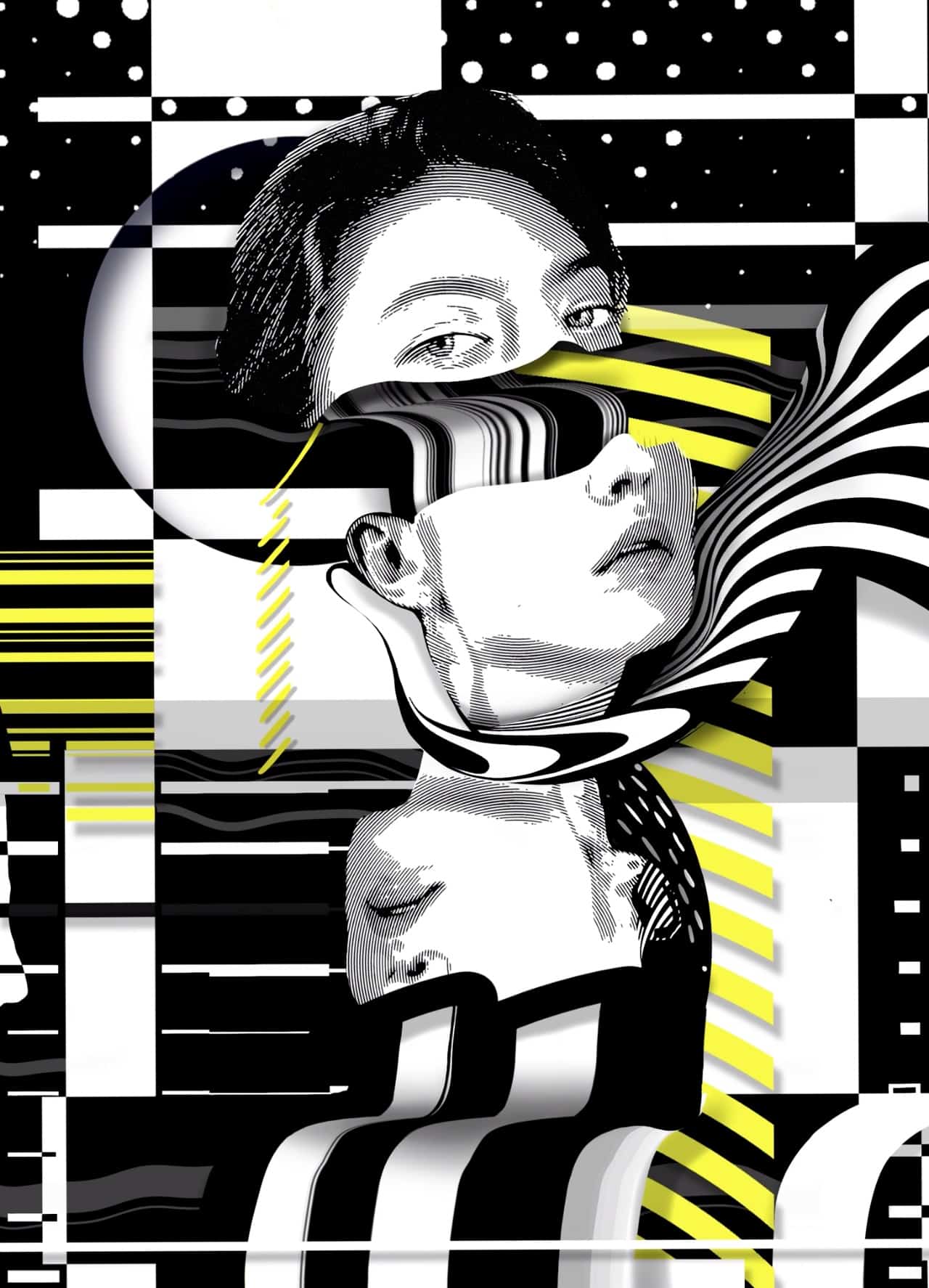
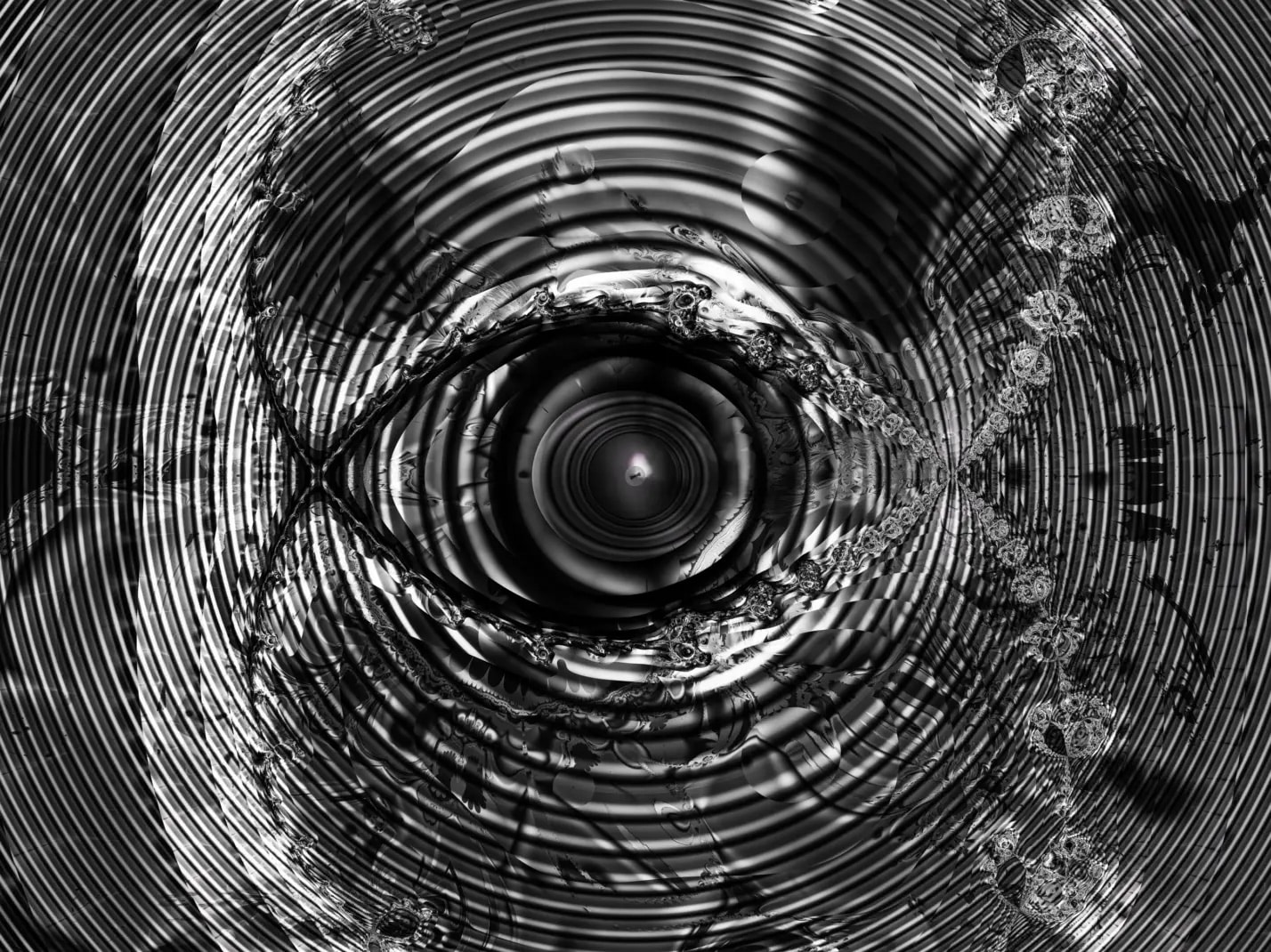
NFTs changed all this. I remember watching the scene as a ripple turned into a wave, eventually leading me to jump in at the start of 2021. Since then, I’ve been lucky enough to make life-changing connections with collectors and creators alike. I’ve sold hundreds of works and collected a good bunch as well.
The work I have on offer with 1stDibs is the newest from my longest-running series, “Simpler Times,” which began in 2017 and was also my genesis series on the blockchain last year. The series transports scans of classic sculptures of the past and brings them into the future, abstracting them down to their raw geometric digital forms.
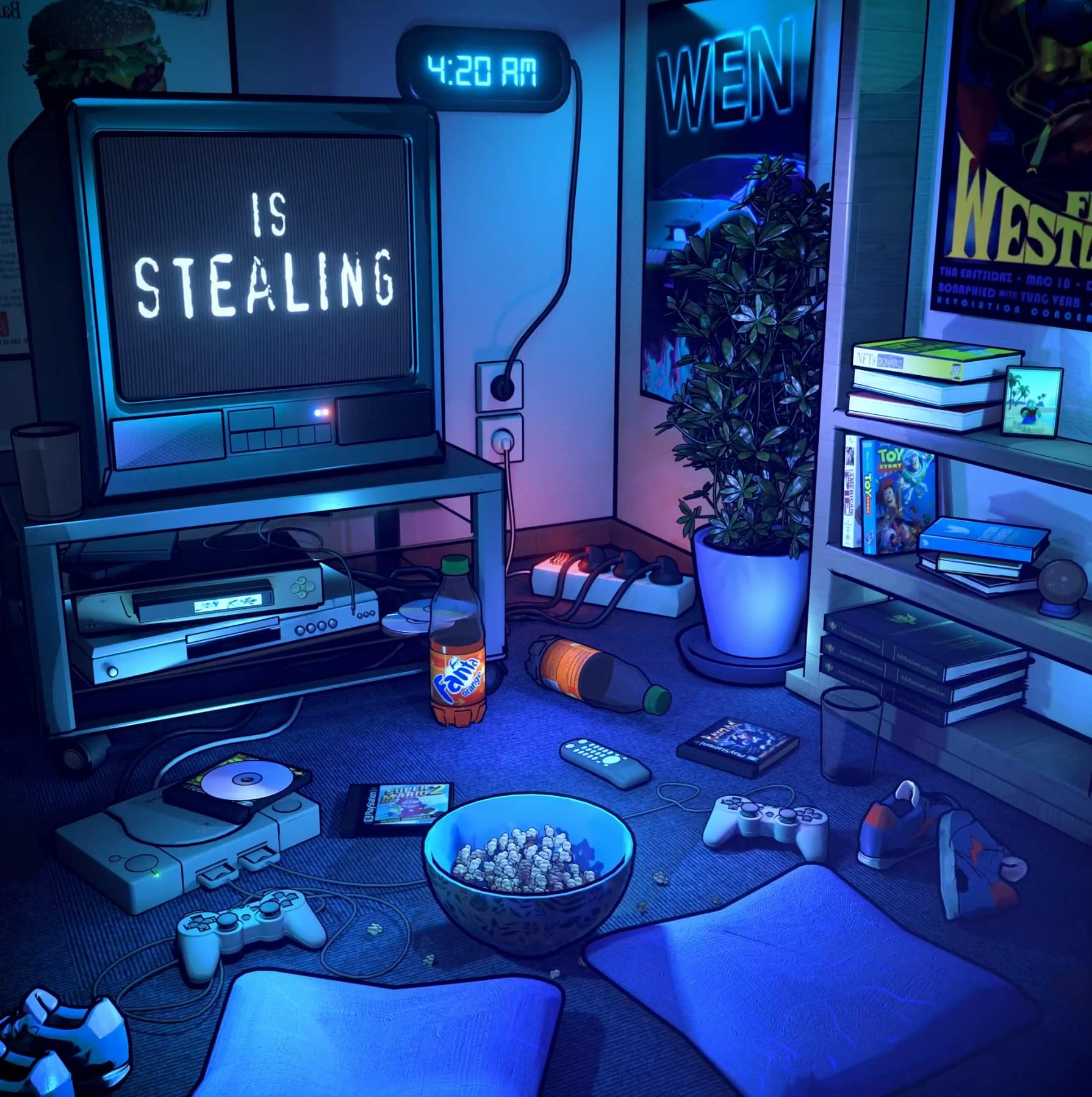
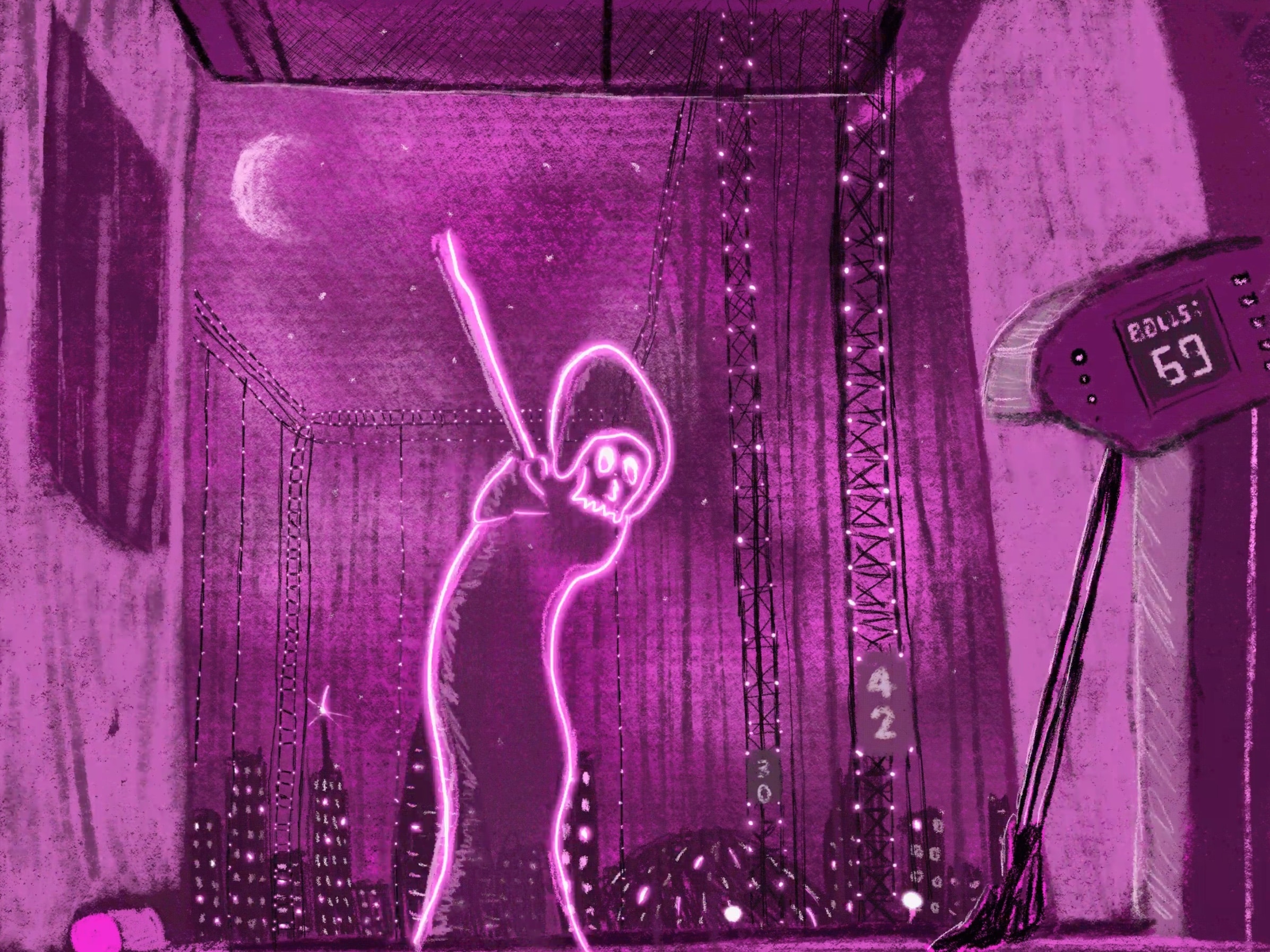
How did you find the artists in the exhibition?
The artists in the show mostly came together through the use of social audio apps such as Clubhouse and Twitter Spaces between January and May 2021. Stuck inside during the height of COVID, we all found ourselves looking for connection and community. Luckily, we found a bit of both through long discussions about art, NFTS and what the future might hold.
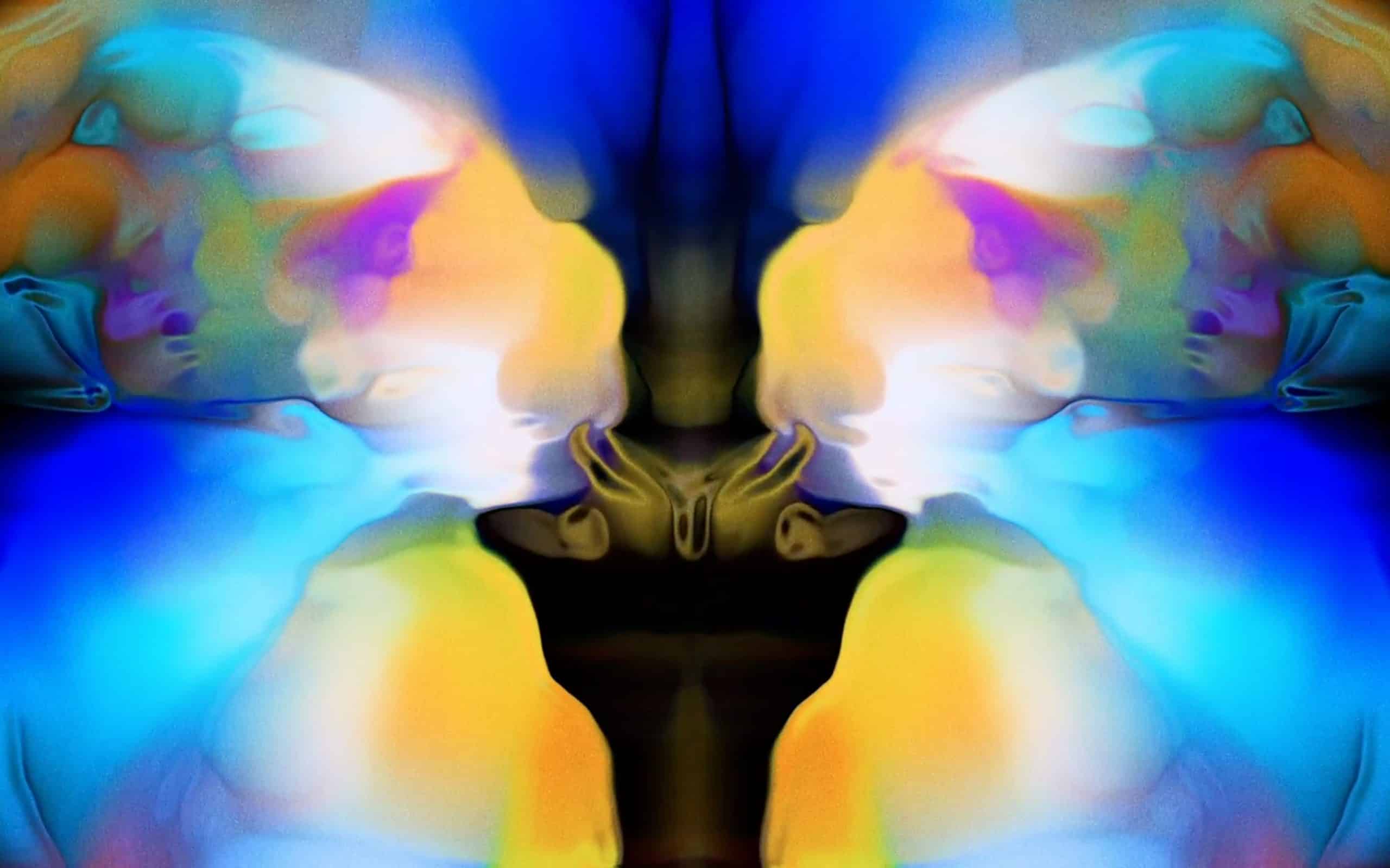
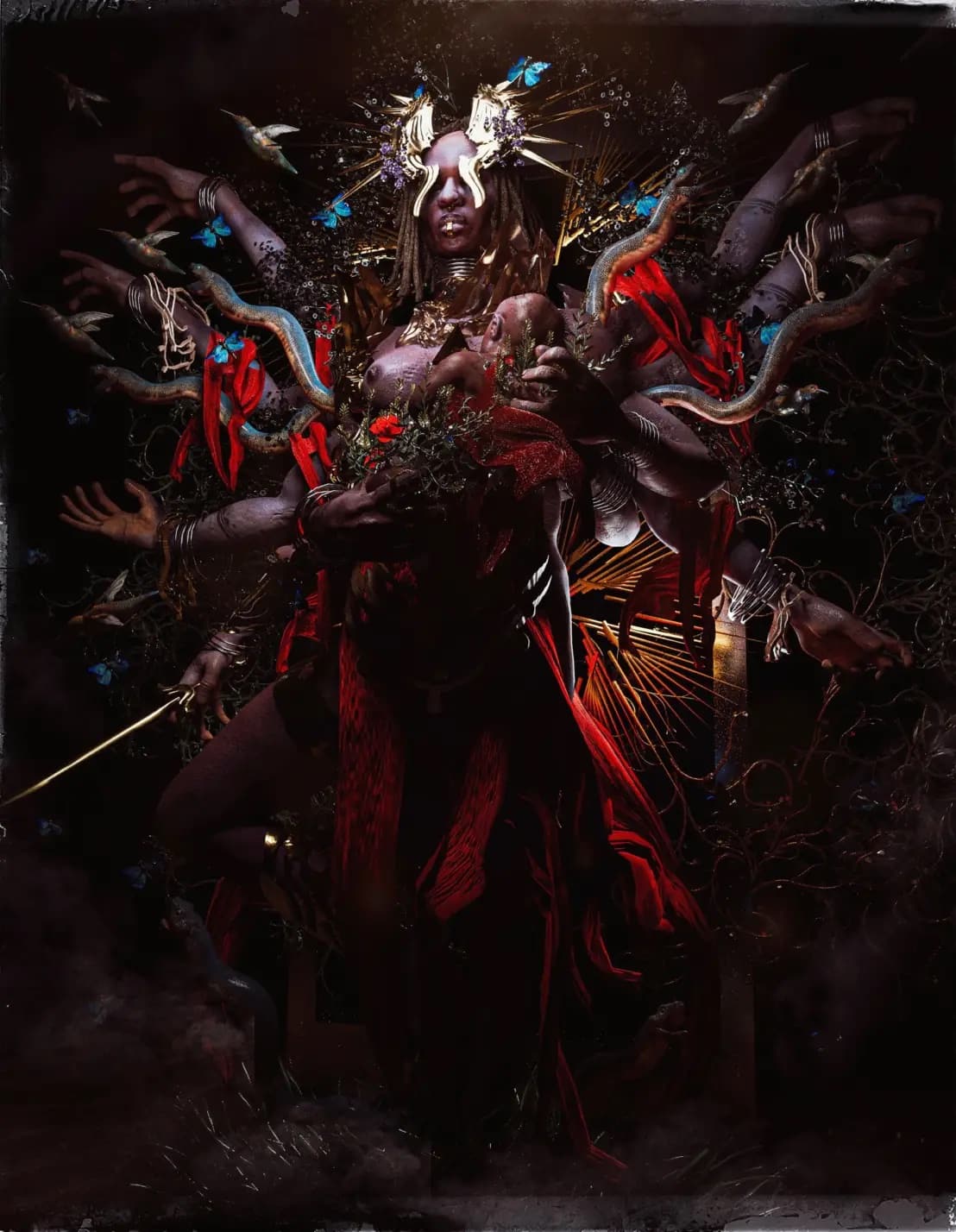
The bonds we collectively cultivated fed into a network effect, almost like an ongoing cocktail party, with one new friend introducing us to another. I found the wealth of creative talent and the people who had it a constant source of inspiration and, alongside the others in this show, had the pleasure of experiencing the rise of NFTs together.
I don’t think I’ve ever experienced such a renaissance period in my lifetime and may never do so again. Artists from all walks of life exploring the new possibilities of Web3, finding life-changing opportunities for themselves and passing them on to others.
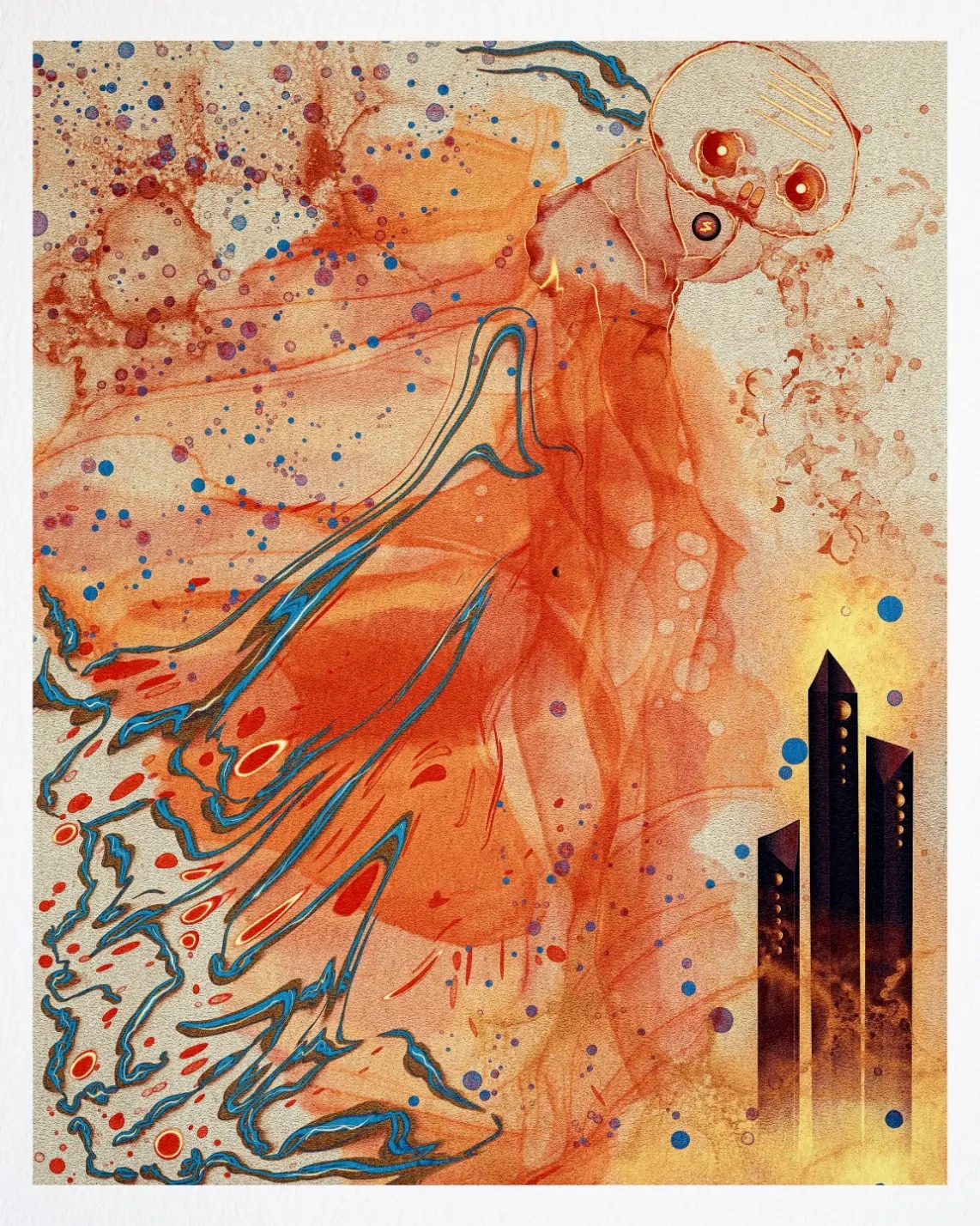
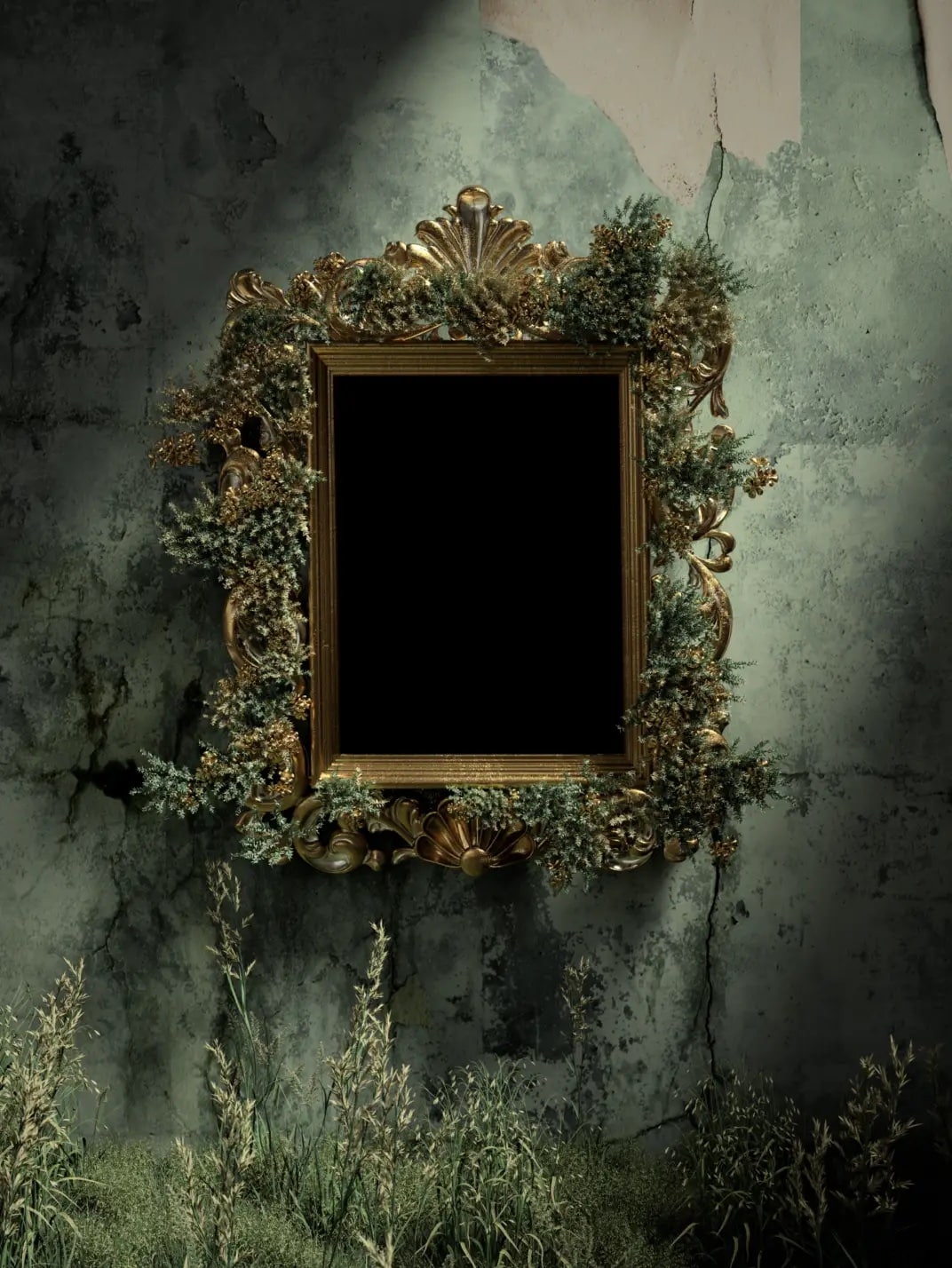
Could you explain the idea of spotlighting in “Spotlight?”
“Spotlight” is about paying opportunity forward. Many artists have experienced life-changing success through NFTs. We’ve seen our works sell for large price tags, been featured in prominent galleries and even had the opportunity to collect some of the best-performing assets of the past decade.
I believe, however, that success is best shared. The artists’ spotlights give them the opportunity to shed light on those they admire, sharing the stage with their peers and setting a template for those who come next.
